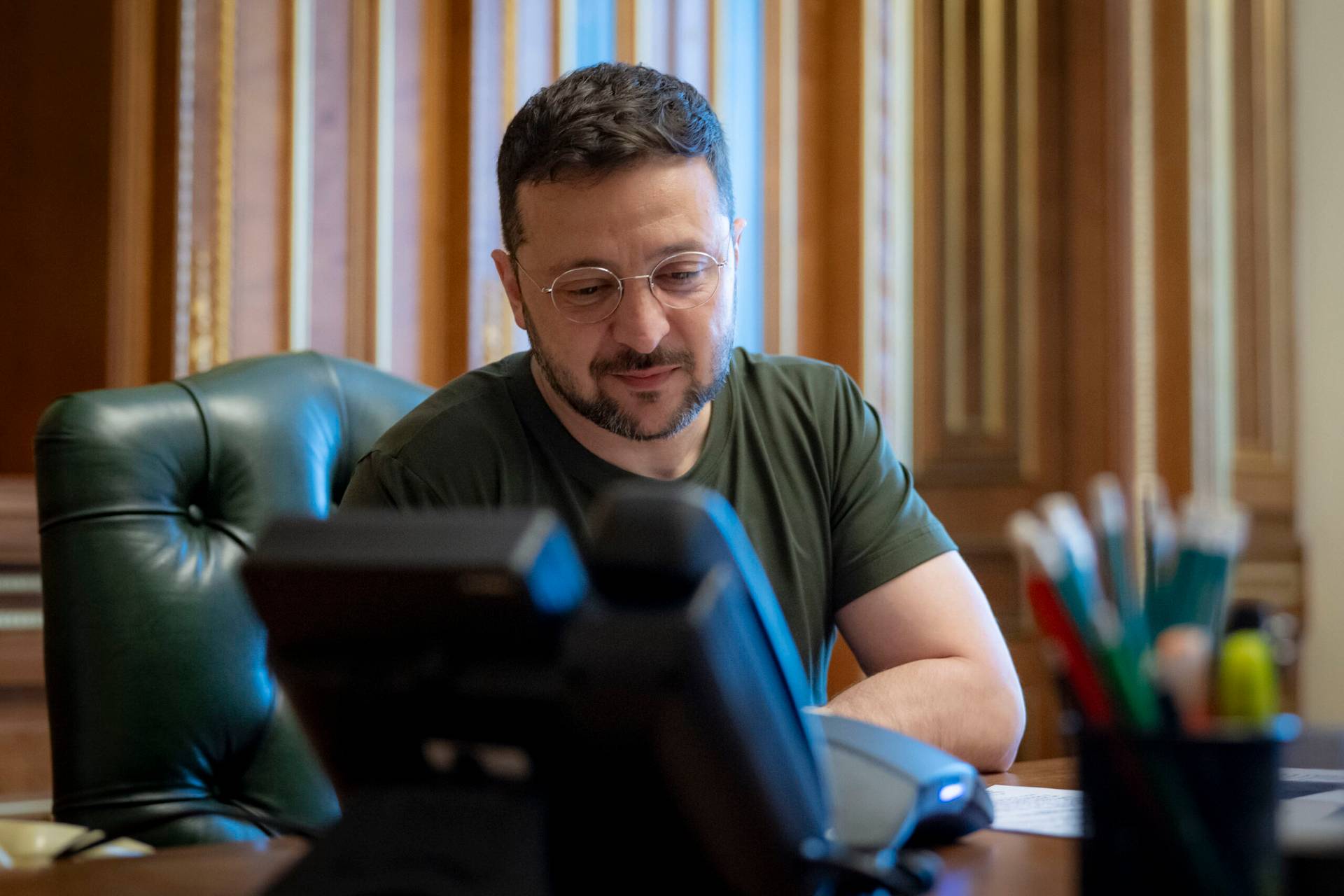ROME — Charitable organizations in Rome have reported an alarming increase in hunger linked to the COVID-19 pandemic and the necessary restrictions put in place to curb the spread of the virus.
Volunteers for the Community of Sant’Egidio, local Caritas organizations, the Red Cross and others, including numerous neighborhood initiatives that have sprouted up spontaneously to cast a wide safety net, are trying to respond to the new situation.
“It used to be that a significant part of our work was about the social aspects — simply chatting with people living on the streets. They just like to have a little company when we come by,” said Mario Gabbarini, a Sant’Egidio volunteer.
“But now we are encountering real hunger. Compared with before, the people we know aren’t looking for a chat. They dig right in, because they have been waiting for us and because they are that hungry,” he said.
While for many, being closed in at home for weeks at a time is a major inconvenience, as well as a psychological stress, in Rome there are thousands of people who have no home to speak of. They live under railway overpasses, crammed into church doorways, under the arches of an ancient aqueduct or under the bridges of the Tiber River.
The homeless — numbering 15,000 to 17,000 people in Rome by modest estimates — as well as migrants and asylum-seekers are at the epicenter of a crisis within a crisis. According to the national statistics agency, ISTAT, there are more than 50,000 people homeless across Italy, mostly concentrated in urban areas.
“We never planned for such a shortage of food. We just hadn’t conceived of it,” said Marcello de Angelis, a spokesperson for the Italian Red Cross. He explained that some of the food that the Red Cross has in its supplies is donated by people as they leave the supermarket, dropping off cans of tuna, packs of pasta and other nonperishable and canned goods.
Those individual donations used to be sufficient, he said. But “the crisis has put added pressure on people, who might be worried about their finances or maybe they suddenly have no income. When people wait in line for an hour to get into the supermarket, they are going to do the shopping for themselves and their own families,” de Angelis continued.
As a result, the Red Cross food stocks are low, he said, so now they are reaching out to restaurants that are open for delivery-only orders, and they are strengthening contacts with industrial producers so that supplies can come in directly and in bulk.
“With so few people on the streets, the homeless have also lost one of their main coping mechanisms, which is asking for charity from passersby,” said Gabbarini, the Sant’Egidio volunteer.
Homeless people are also often known in their neighborhoods, because they will stay in the same place or a few places, and over time the locals get to know them. A restaurant or a corner pizza shop might give them what is left at the end of the night rather than let the food go to waste, for example.
All of those coping mechanisms are disintegrating however as the social fabric starts to fray, the volunteers said.
In addition, the usual services for the homeless and other vulnerable groups have had to reinvent themselves in order to respond to what the Red Cross has labeled “new poverties” in Italy and do it in such a way that the needs are met while following guidelines for social distancing.
For example, the Centro Astalli in Rome, a service of the Jesuit Refugee Service that assists asylum-seekers and refugees, has had to lengthen the opening hours of its soup kitchen to avoid too many people congregating together in one place at a time.
The cafeteria itself is closed, and instead of people coming to eat together at a mess hall, the center is distributing pre-packed meals for clients to carry away. They are still feeding about 250 people a day at the soup kitchen, but volunteers and others are working longer or staggering hours in order to make that happen.
The Red Cross also has adapted its operations to deliver food to vulnerable people on the streets by using mobile kitchen units initially set up to serve hot food after an earthquake or other natural disaster.
The main worry of all these charitable organizations, however, is how much longer they and the people they assist can continue in this way. They report there has been great generosity and solidarity at all levels of society, especially around Easter, when food donations were plentiful.
The Centro Astalli, for example, is considering shifting some of its funding into programming to support the many migrants and refugees who are losing their jobs or have already lost them. While the Italian government issued a decree that full-time, contracted employees cannot be fired, those types of contracts are nearly impossible for an immigrant to secure. Instead, new arrivals as well as most young Italians work on short-term contracts, sometimes just for the tourist season.
Those contracts, mostly in restaurants and hotels, simply will not be renewed, said Donatella Parisi, a spokeswoman for Centro Astalli. Many people also work odd jobs on the black market, and for the most part those people are out of work already.
In Rome April 13, the Easter Monday public holiday, people assisted by the Sant’Egidio Community in the neighborhood of Cinecitta, where Italian cinema had its 1960s heyday, were infinitely grateful.
Luis, a resilient Cuban living on the street, thanked the volunteers as the local police lingered nearby, masks on, keeping watch over the seemingly suspicious activity as two private cars brought food to people, in a nearly deserted neighborhood square.
“Thank you, brother,” he said. “You have no idea. If it weren’t for people like you, people on the streets would be going after each other,” Luis said.
















